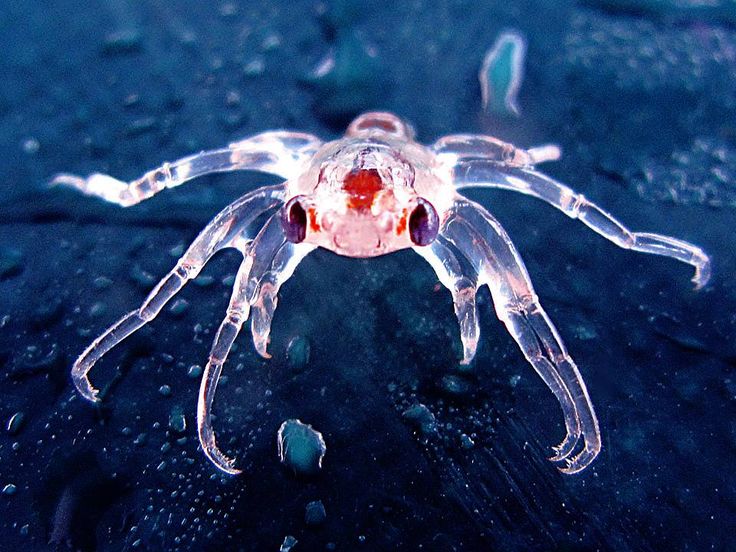The Fascinating World of Ten-Legged Sea Creatures
Beneath the surface of the world’s oceans lies a captivating group of marine animals known for their unique ten-legged anatomy. These creatures belong to a category of crustaceans called decapods, a term that literally means “ten-footed.” Crabs, lobsters, shrimp, and similar species are all part of this diverse and ancient group that has adapted to nearly every aquatic environment on Earth.
What Makes Them Unique?
All decapods share a similar body plan—five pairs of legs attached to the thorax, often accompanied by specialized claws or pincers used for feeding, defense, and interaction with their environment. Though their basic structure is shared, the way these legs are used and shaped varies widely depending on the species and its habitat.
Crabs: Masters of Sideways Movement
Crabs are among the most well-known ten-legged sea creatures. Compact and armored with a hard shell, they are instantly recognizable by their wide bodies and sideways scuttling. Their first pair of legs form strong claws, useful for catching prey and fending off predators. Crabs are found everywhere from tropical shores to the deepest parts of the ocean.
Lobsters: Deep-Sea Giants
Lobsters are larger relatives of crabs, known for their long bodies, strong tails, and massive claws. They are primarily bottom-dwellers, hiding in crevices during the day and hunting at night. Lobsters use their powerful front claws not only for capturing prey but also to assert dominance and fend off rivals in territorial disputes.
Shrimp and Prawns: Agile Swimmers
Shrimp and prawns are smaller and more slender than crabs and lobsters, but no less important to marine ecosystems. Their bodies are built for speed, allowing them to dart through the water with ease. Though similar in appearance, shrimp and prawns differ slightly in gill structure and body shape. They serve as a key food source for many larger marine animals—and for humans.
Crayfish: The Freshwater Cousins
Not all ten-legged creatures live in saltwater. Crayfish, which resemble small lobsters, are found in freshwater rivers, lakes, and streams. They play a crucial role in maintaining the health of their ecosystems by feeding on both plant material and decaying organisms.
Evolution in Motion
The success of ten-legged creatures lies in their adaptability. Their limbs have evolved not just for walking but also for swimming, burrowing, fighting, and sensing their surroundings. Some even use their claws for complex communication through tapping or waving motions. These adaptations have allowed decapods to thrive for hundreds of millions of years.
Conclusion
From the colorful shrimp hiding in coral reefs to the towering lobsters roaming the ocean floor, ten-legged sea creatures are a vital part of marine life. Their structure may be similar, but their roles in the underwater world are incredibly diverse. They are builders, cleaners, hunters, and prey—and they continue to fascinate scientists and ocean lovers around the globe.
